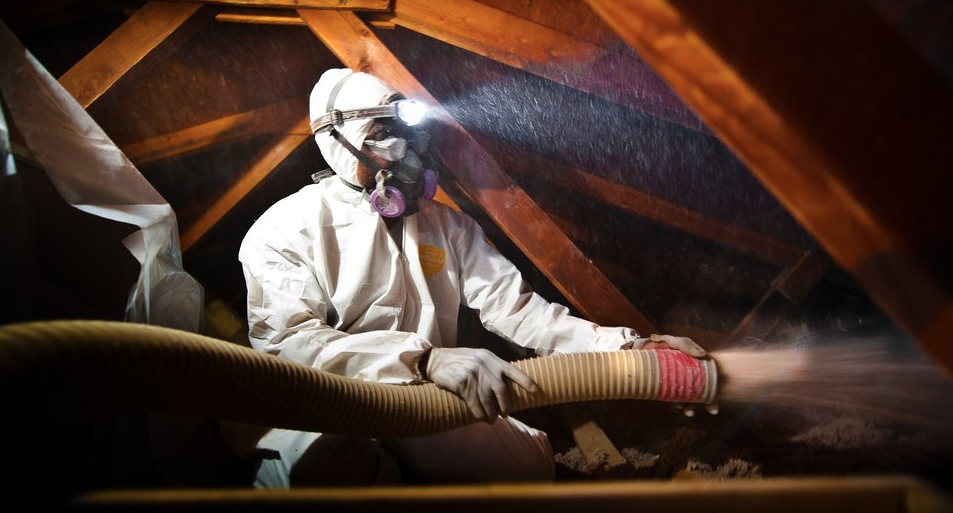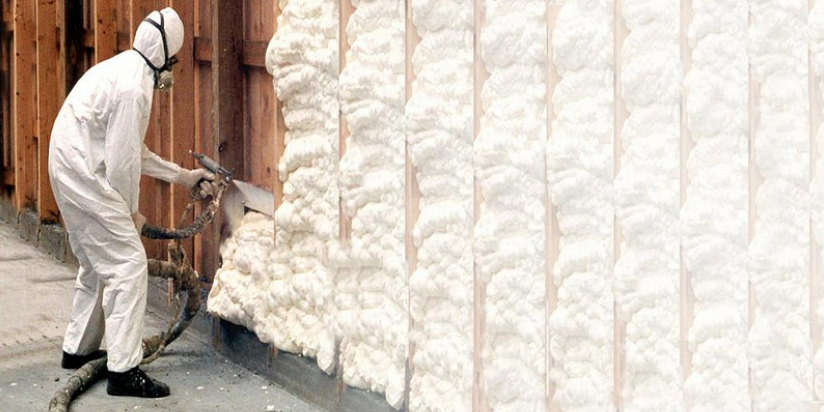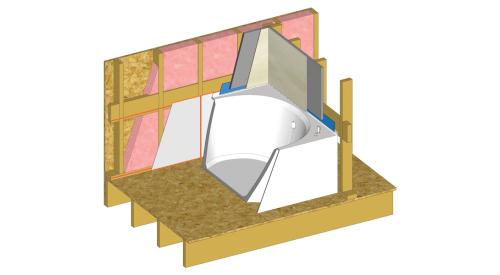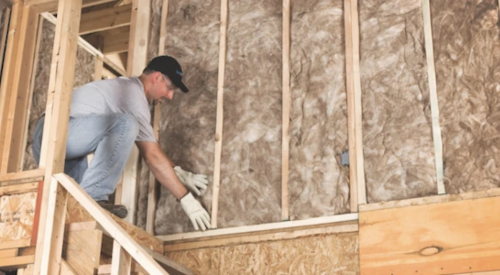All insulation products perform equally well when properly installed and air sealed, according to the Thermal Metric Summary Report, a study from Building Science Corp. (BSC).
The final portion of the study, released in June 2015, tested the performance of various insulation materials—including fiberglass batts, closed-cell spray foam, and open-cell spray foam—in separate walls in clean, dry spaces with seasoned wood, over a range of temperatures from 144°F to –18°F.
The study found that when walls have the same R-value and are properly sealed, all insulation basically performs the same. When air sealing is not done properly and there is thermal bridging, the thermal bridging results in about a 15 percent decrease in thermal performance in all of the tested insulations, while R-value varies with temperature.
Few Surprises for Report Authors
These results aren’t surprising to Aaron Grin, a senior associate with BSC and one of the primary authors of the report. The study confirms what his group already knew. “When you’re dealing with the exact same framing layout,” Grin said, “we had a pretty good idea of how things would come out.”
Insulation manufacturers drew their own conclusions. The North American Insulation Manufacturers Association released a report stating that, while equally effective, fiberglass batts are cheaper than foam: To insulate and seal a 2,300 square foot house in climate zone 4 to IECC 2012 specifications, fiberglass batts would cost $4,600, compared with open-cell ($10,350) and closed-cell spray foam ($17,250).
Foam backers, such as the Spray Foam Coalition, say that their products are more versatile—foam fills gaps better and is easier to install in attics and crawlspaces. Builders will always have their own preferences among foam, fiberglass, and other materials. “There’s a lot of advertising going around saying ‘Our product is better than their product and this is why,’” Grin said. “But in reality, if you do a really good job of installing any one of the systems, they’re going to perform quite well.”













